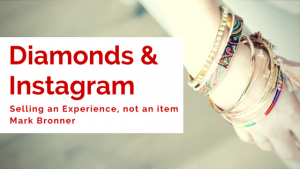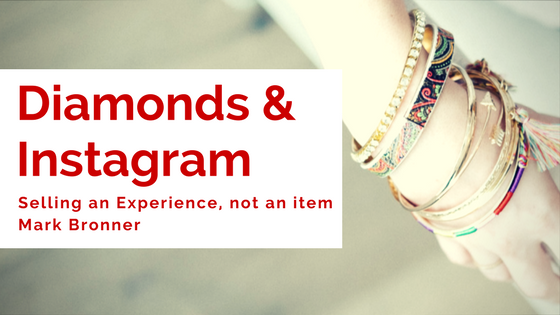 Millennials (and even me, for that matter) are tired of reading about the industries they’re destroying and bearing the onus of failing markets. From mediocre fast food chains like Arby’s to the severely hurting realm of print media, society has laid the corpse of these businesses at the feet of overeducated, underpaid, debt-ridden young professionals.
Millennials (and even me, for that matter) are tired of reading about the industries they’re destroying and bearing the onus of failing markets. From mediocre fast food chains like Arby’s to the severely hurting realm of print media, society has laid the corpse of these businesses at the feet of overeducated, underpaid, debt-ridden young professionals.
The diamond industry, too, has been tossed on the pyre, as young adults have chosen not to spend as much on the precious gems as generations before them have. From the inflated prices to the inherent uselessness to the job prospects, young adults have decided that their money would be better spent elsewhere, either towards paying down loans or investing in their futures.
Of all the figurative death millennials have left in their wake, young adults are well known to shell out more than expected for experiences and moments — much more so than they are for items and trinkets. Meal kits, AirBNB, and gourmet snacks all serve as a testament to this.
And what’s an experience if it’s not shareable? On top of young adults wanting to “do” something, they want to be able to talk about it and take breath-taking pictures of it to put on their social media platforms. A quick search of hashtags like #FoodPorn or #AboutLastNight will make it clear quickly that what young people crave is a good time and priceless memories.
So for diamond and jewelry sellers, the key to reviving the industry is to stop selling items and start selling an experience, a lifestyle, and a persona — and where better to do that than on Instagram.
The Diamond Producers Association wants diamonds to feel more “approachable” and doff the old-timey concepts of marriage in favor of a modern, pop-culture friendly appearance. From their five-year campaign entitled “real is rare” to its warm embrace of such iconic images as Taylor Swift bathing in a tub brimming with diamond jewelry, the DPA understands that the name of the game at this point is relatability and experience.
Of course, that means rethinking the purpose of social media. In the early goings, corporations and sellers believed that they could just push ad after ad onto the platforms and draw attention that way, but as one could imagine, a company following that strategy would lose not only business but followers left and right. The DPA had outlined in its new plan that it intends to remain relevant and post images and graphics not always related to the sale of diamonds, but also to the cultural relevance of diamonds.
From Game of Thrones appearances to young love birds on exotic vacations, the Instagram page peddles an aesthetic and a look rather than an item anymore. As they moderators execute their five-year social media plan, we’ll see whether diamonds are able to find a second wind with young adults and make a second debut as a cornerstone of our culture.
